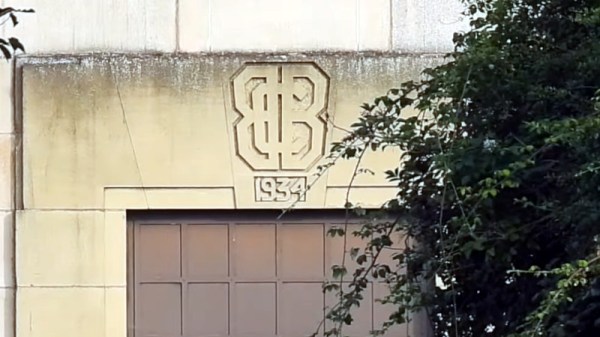There’s a quirk of broadcasting in Europe left over from the earliest days of the medium, which our American readers may not have encountered. As well as the familiar AM band, Europeans and Africans also have a so-called long wave band, on which you’ll find AM broadcast stations between about 150 and 280 kHz. Long wave transmissions were an ideal solution in the 1920s and 1930s to the problem of achieving national coverage from a single transmitter, and were widely used by state broadcasters. In an age of digital streaming they are increasingly irrelevant, and [Ringway Manchester] takes a look at one of Britain’s last long wave transmitter sites at Droitwich not too far from Birmingham.
The site covers around 50 acres, and is home to a variety of both medium wave (AM, for Americans), and a single long wave transmitter carrying BBC Radio 4 on 198 kHz. As he takes us through its history in the video below the break we hear a rundown of most of the major events in British broadcasting, while few Brits will have visited this unassuming field it’s likely most of us will have listened to something sent from here.
The long wave antenna is a T-shaped affair strung between two masts. We’re guessing that the radiator is the vertical portion, with the bar of the T forming a capacitance with the ground to make up for the radiator being a fraction of the 1515 meter wavelength. The video is something of a tribute to this once-vital station, as the Radio 4 transmissions are likely to stop in 2024 and the medium wave ones over the following years. We have to admit to catching our BBC transmissions online these days, but we still have to admit a pang of sadness at its impending end.
This reminds us, we’ve taken a fond look at AM radio in the past.
Continue reading “Portrait Of A Long Wave Station In Its Twilight Years”











